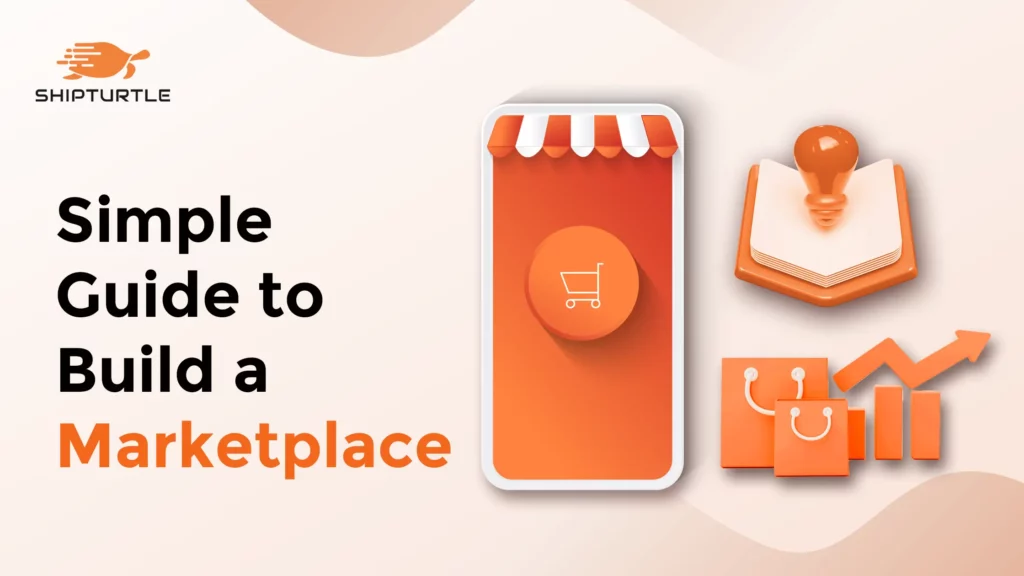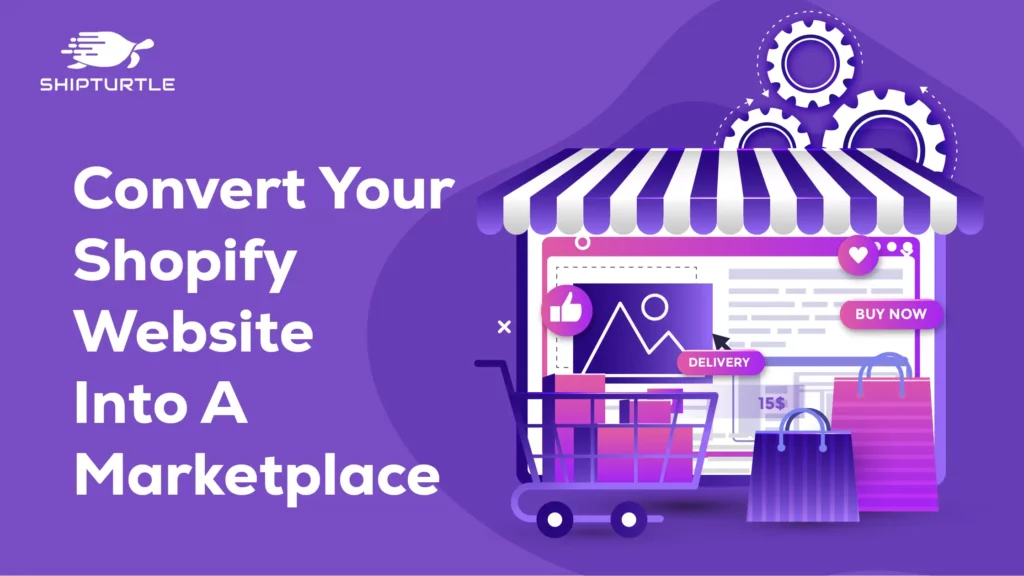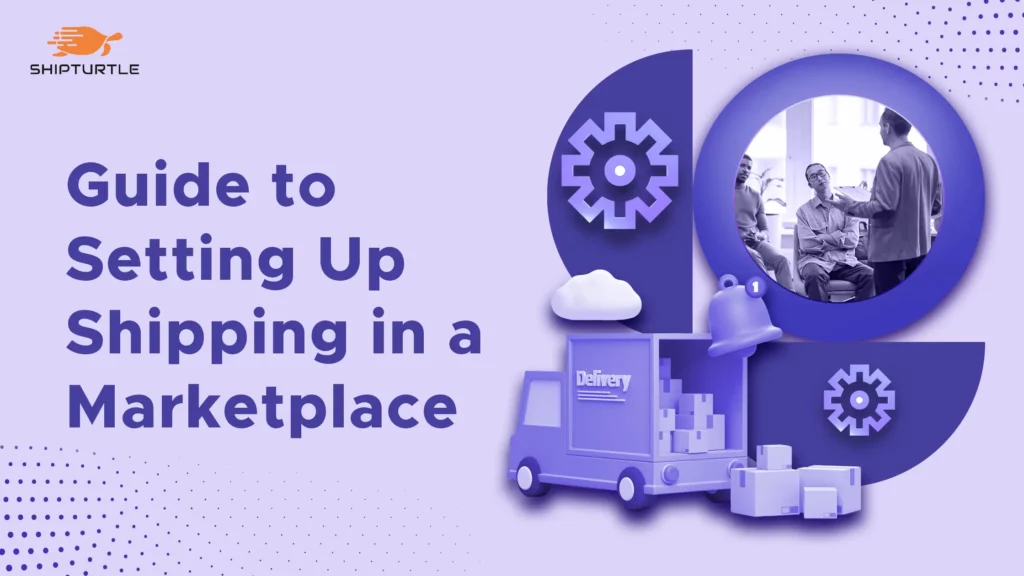So, you have a beautiful Shopify store designed and ready to start attracting lots of customers. You have also partnered with a shipping provider to ship your parcels. However, you realize there is a big problem the moment you want to dispatch your first order. You realize it takes hours to copy paste information from your Shopify portal in order to create shipments on the portal of your shipping provider. You must feed in your pickup address, your customer’s ship to address, package dimensions, payment method, schedule pickup time and a ton of other info before your beautiful product is ready to dispatch!
All this sucks in hours of your time every day, time you would much rather spend on perfecting your product and attracting more customers.
So, what is the solution to this? You need an App which solves Shipping for Shopify – directly pulls your Shopify order details at one end and connects it with your Shipping partner’s APIs on the other.
Note – Shopify has its own Shipping solution – Shopify Shipping. However at the time of writing, this feature is available only to American and Canadian customers.
The 6 Basic Features for a Shopify Shipping App
At a minimum, your Shopify Shipping App should instantly create shipping labels and track your shipment over its journey to your customer. The following flowchart summarizes the functionalities at a minimum –

- Automatic Order Sync with your Shopify Store
All your order information should Sync instantly and completely with your Shopify Shipping application. Some of the information to cross check beyond the obvious is whether it picks up your Product weight, Order notes, Payment information and Tax details. Does your order get changed when cancelled / modified in Shopify? Its all in the details.
- Check pin code serviceability
The Shipping integration should check whether the parcel is deliverable to your customer’s pin code / zip code via your selected shipping partner. Many pin codes are classified as “ODA” – Out of Delivery Area, and have a huge shipping cost associated. - Rate fetch API applying your negotiated rates
You want to know how much your shipment will cost before you ship. If your Shopify shipping application lets you configure your account rates you have negotiated, then it should display the expected Shipping cost dynamically as per the Shipment weight, dimensions, origin and destination address. Most carriers will have different services via Air or Land, choose the one which best suits your need and budget. Applications like Unicommerce, ezyslips and Primaseller offer this. If you prefer to go with Shipping aggregators instead of dealing directly with the Shipper companies, then you can look at options like Shiprocket, Shipstation and Postmen. - Create and print forward and reverse Shipping labels
Printing neat and professional Shipping labels should be a click of a button since all required information of the order is automatically fed in. Information like Pickup and Shipping address, Parcel amount, payment mode, reverse pickup, tracking number, bar code etc. should be clearly displayed on the Shipping label. - Generate Manifests and pickup requests
Once your shipments for the day are planned, you should be able to select them, generate a Manifest listing all orders neatly and schedule a pickup with your Shipping partner. - Track shipments
Tracking Shipments is often a specialized activity which command separate applications like AfterShip. However, we believe that your default shipping application should handle this too.
The 5 Advanced features of the Best Shopify Shipping Application
We have listed above the most common features of any application which solves Shipping for Shopify. However, as your business scales you will need to go beyond these features. Take a look below at some advanced features which can help scale your business to new heights.
- An Order Processing Workflow
A robust Order Processing Workflow will categorize your incoming orders into different stages viz New Orders, Ready to Ship, In Transit, Delivered, On Hold etc. This flow is typically integrated with your Shipment status retrieved from your Shipper. When your store gets a high volume of orders, you will run into issues like Stock outs, Customers asking you to Hold orders, Return / Replace them etc. This is where a strong process will make your decision making simpler.
- Ability to punch Manual Orders
Manual orders facility can be used to upload orders from other Sales Channels like POS, Phone/email etc. instead of logging them into Shopify first. (This can help save some transaction costs also). Another use case is for shipping Supplier shipments of raw materials etc. - Reconciliation of Payments and Shipping Costs
In ecommerce, Logistics is one of the biggest costs after Manpower and optimizing it is necessary to be competitive and profitable. Often, logistics costs are higher than expected due to wrong packaging, error in data inputs or mistakes by the Shipping carrier. Similarly, correctly accounting for payments coming in from different sources is also extremely important. Some shipping applications will provide you ways to reconcile these costs and highlight deviances which can unlock a significant value for your business. - Assign Orders to different Warehouses
Ecommerce business often start from a single warehouse or garage. But once your product clicks, you will need to plan to ship from different delivery points to serve your customers better, faster and more cost effectively. Automated rules for Routing of incoming orders to the right Warehouse, choosing the right Shipping provider, package etc. will make your systems easier and error free. - Split Orders for different Warehouses / Vendors
A more evolved requirement to the above point is the ability to split an order into sub-orders. This comes handy in many situations. For example, if different products are stocked at different locations, you need separate shipments and pick up requests for them. This is particularly relevant if you have a Shopify Multi Vendor Marketplace and need to route orders to different dashboards. There are some companies who provide custom codes for this like CS-Cart. The advantage is customizability with a downside of high upfront costs and being locked into them once you go for it. There are also some applications like Webkul’s multi vendor marketplace, Jetti and Duoplane which are good options to start with. Shipturtle, however in our opinion, does this most effectively and is the best choice for any startup or established company with its mix of free and enterprise plans.
We hope this Summary of Shopify Shipping Application features helps you make the choice which is best for you. At Shipturtle, we are doing our best to have the best of all options available, at a cost which is most meaningful for start-ups. You can refer to our Shipping Knowledge base to understand the features we offer.
Do leave a comment below to let us know if we have missed out something or if there is some Feature which you feel is important.
Cheers!






